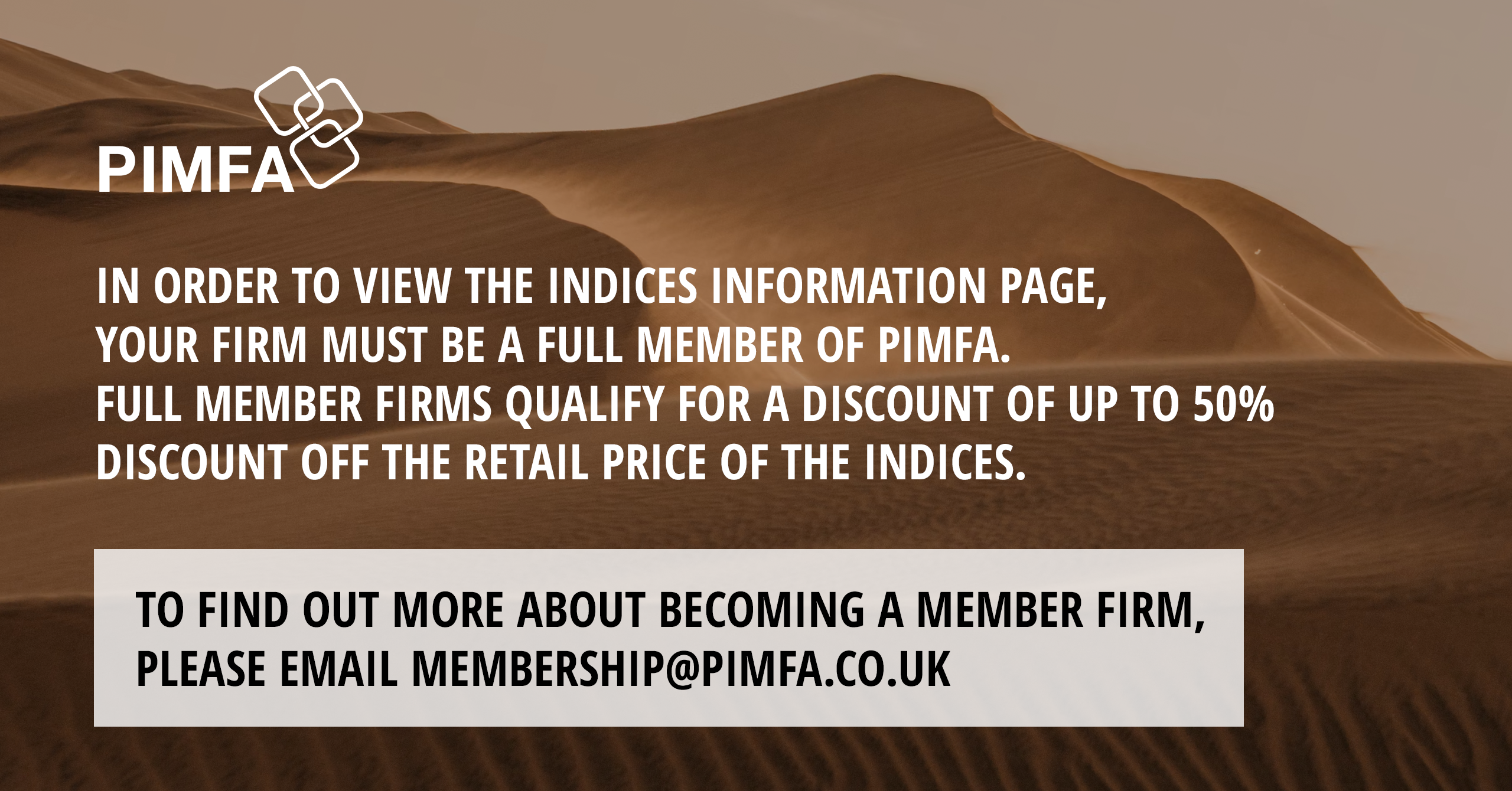The suitability of suitability reports
As an outsourced, multi-service provider I have seen my fair share of suitability report templates. The good, the bad and the downright (Times New Roman) ugly.
We are often asked to review a firms suitability report templates to assess their (ahem) suitability for purpose and this has increased massively in the post-Consumer Duty world we find ourselves in, where consumer understanding has never been more relevant and prevalent.
First the compliance stuff.
The FCA cover the requirement to provide a suitability report in COBS 9.4 and in 9A.3. Excluding defined benefit and opt-outs which have different standards, COBS 9.4.7 outlines what should be provided as a minimum in a suitability report which is:
- The clients demands and needs (basically their objectives)
- An explanation of why the recommendation is suitable for the client
- An explanation of any possible disadvantages of the transaction
COBS 9A3.3 then expands on the above to include:
- How the recommendation is suitable with reference to the investment term required, the client’s knowledge and experience, and the client’s attitude to risk and their capacity for loss.
- Confirmation on whether the recommendations are likely to require the client to seek ongoing advice (through periodic reviews)
It is also worth noting that in the event of an investigation it is not only the suitability report that will come under fire, but that of the whole file and the suitability of the advice will be judged as much by the KYC information and the risk analysis as it will be by if you’ve explained what an ISA is in your report.
A bad file can make a good suitability report redundant when assessing competent and appropriate advice as much as the opposite is also true in that a bad report sat amongst a good file is like having a spot on your nose on the day you’re having your photo taken for the website.
Now the fun bit.
Taking the above (sparse) information into account, along with additional elements firms wish to add, then adding a Consumer Duty filter on top has resulted in many advice firms feeling lost when approaching their templates. The result of which can be a risk-based approach of throwing everything in the report in the hope that it covers your back.
However, with the focus upon consumer understanding through the Duty, this is ironically an approach which can result in the exact opposite of what you are trying to achieve. It is more likely that a complaint will be upheld because the client had too much information and was unable to understand the important parts. Clarity and brevity, therefore, are the pillars upon which you should begin approaching your template design.
So what is my view on suitability report writing in a Consumer Duty world? Taking all of the above into account I have concluded the following essential 3 points:
- Suitability reports should be short, concise and include only the relevant information as required by the FCA or what is needed to satisfy the consumer understanding outcome of the Consumer Duty.
- The report should not repeat information that is already included in the file or has been presented to the client separately. For example, factfind information, KFD/technical data, cashflow or information from a DFM portfolio report. It can and should certainly reference these in the advantages and disadvantages section where appropriate though.
- The report should be constructed and presented in a way that maximises the engagement of the reader and eases their understanding. Think tables, charts, colours and visuals. However, most importantly consider your use of language. Our industry is full of jargon and very technical aspects so breaking those down into words that anyone can understand and follow is essential. Consider for example, using ‘tax free cash’ rather than PCLS – Pension Commencement Lump Sum and consistently link the advice to their specific goals. Talk about how saving into a pension will help them buy a house abroad as per their dream and not so much about all of the technical aspects that a pension provides. You can signpost them to the KFD for that.
At Verve, for our internal report templates used by our Paraplanning arm we have split these into two parts. Part 1 is the main report which has all of the above information in and is only a few pages long. Part 2 is a supplementary report, dubbed ‘the small print’ which expands on some of the themes of part 1, provides additional details and can add further context. It is up to the adviser and the client whether they provide both reports or just the main report with the supplementary report sitting on file for reference. This ensures that you can get all of the salient information across to the client before they get bored (or put off by the tome hitting their doormat), but for that inevitable client (former accountant usually) who wants to know the ins and outs of everything, you have that option too.
This is a high-level approach to post CD suitability templates but we have so much more we could touch on. If you would like help with your own templates, please get in touch.
Jo Campbell, Chief Operations Officer, Verve
 PIMFA
PIMFA